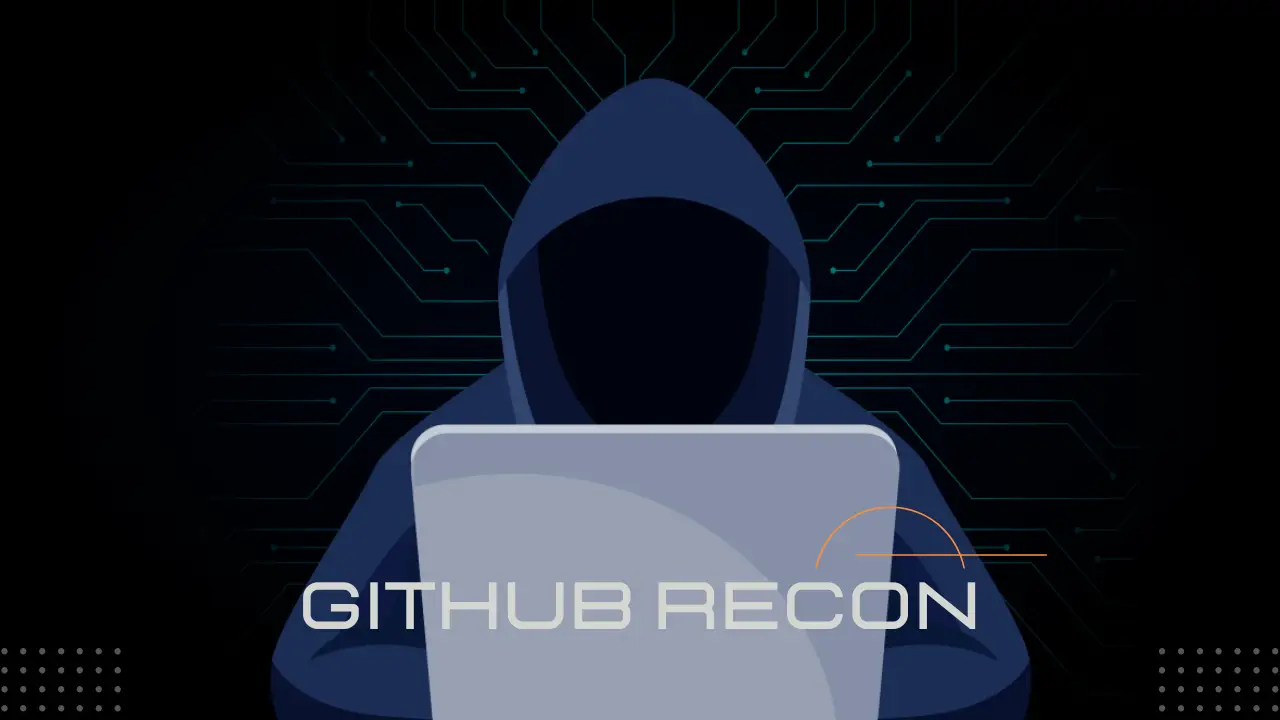Python is one of the most popular programming languages in the world, used for a wide range of applications, from web development to data analysis and machine learning. As a beginner learning Python, I found it helpful to take handwritten notes of the concepts, syntax, and code examples covered in each chapter of my learning material.
In this blog post, I will share my experience of creating handwritten notes on Python, which includes projects in all the chapters and additional practice exercises with source code.
Chapter-wise Projects
To make my notes more engaging and practical, I decided to create projects for each chapter. For example, in the chapter on variables and data types, I created a project that asks the user to input their name and age, and then prints a message saying hello and displaying their age.
Similarly, in the chapter on conditional statements, I created a project that asks the user to input a number, and then checks if it is even or odd, and prints the result accordingly.
By creating these projects, I was able to reinforce my understanding of the concepts covered in each chapter and apply them in a practical setting.
Discover: Chronological list of Resources to Learn Python from Complete Beginner to Advanced Level
Additional Practice Exercises with Source Code
Apart from the projects in each chapter, I also created additional practice exercises to solidify my learning. For example, I created a practice exercise on loops, where the user has to input a number, and then the program prints the multiplication table of that number.
To ensure that my notes were useful for future reference and revision, I included the source code for each project and practice exercise. This way, I could easily refer back to my notes when I needed to review a particular concept or code snippet.
Conclusion
Taking handwritten notes on Python with projects and practice exercises has been an effective learning strategy for me. By creating practical projects and exercises, I was able to reinforce my understanding of the concepts covered in each chapter and develop my coding skills. Additionally, by including the source code for each project and exercise, my notes are a useful resource for future reference and revision.
I hope this blog post inspires you to create your own handwritten notes on Python and incorporate projects and practice exercises into your learning journey. Happy coding!
The notes mentioned are of Codewithharry













